Dublin was the principal (though certainly not the only) venue for some of the most iconic events of the Irish Revolution. It had been the venue for events such as the 1913 Lockout and the Easter Rising, but after 1918 Ireland’s capital city also became the backdrop to some of the best-known events of the War of Independence and Civil War, and much else besides.
Amongst the most well-known images of the Irish revolution are pictures of the devastated streetscape in and around Sackville (O’Connell) St in the immediate aftermath of the Easter Rising. But there is a rich visual record of the years that followed, in terms of both images and material culture, that illuminates other aspects of life in Dublin: poverty, wealth, charity, leisure, sport, entertainment, public health, women’s rights and the struggles of the labour movement existed alongside the narratives of politics and military action.
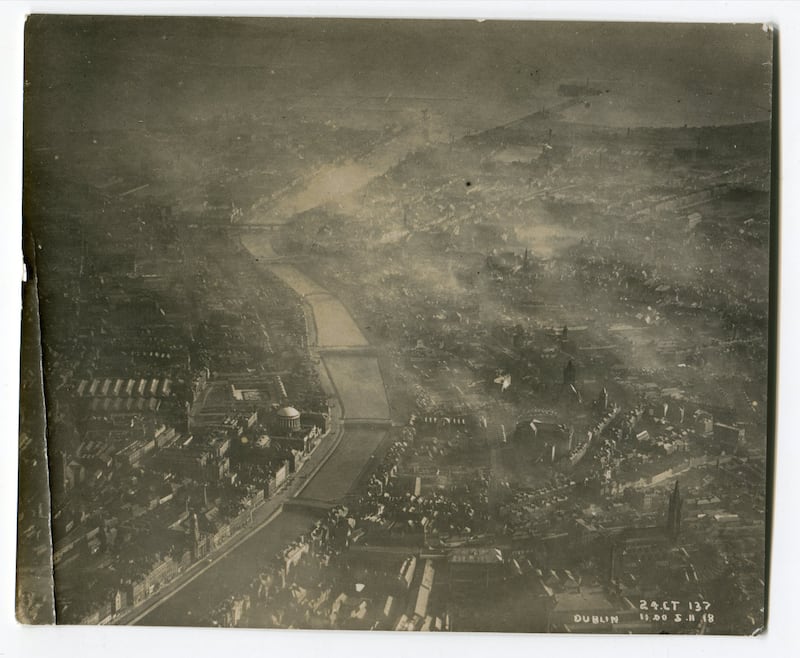
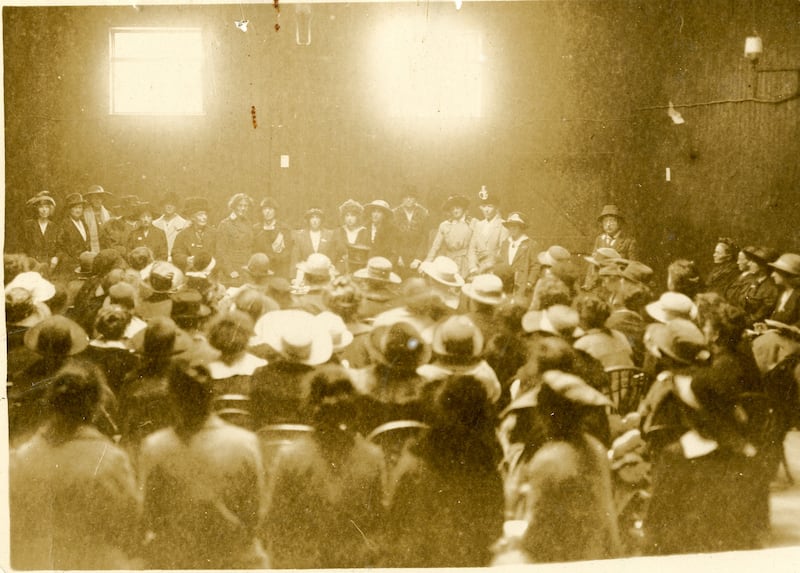
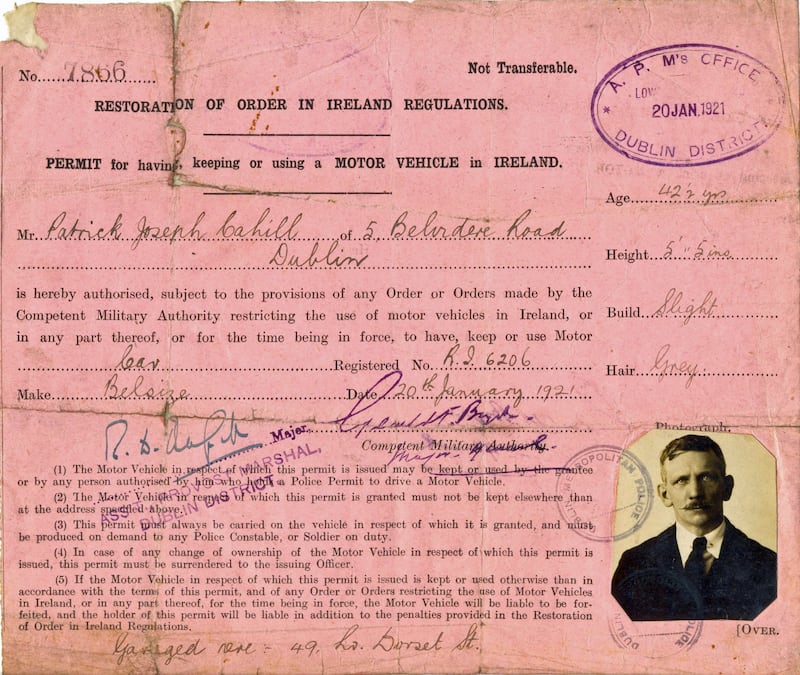
1918 might not have the iconic power of dates like 1913 and 1916, but it remains a crucial date in the calendar of the revolution. It was the final year of the first World War, and the political revolution in nationalist Ireland that took place in the aftermath of the Easter Rising was accelerated in April 1918 by the prospect of conscription being imposed on Ireland. This shift was registered in December 1918, when a newly expanded electorate (which, for the first time, included women) opted for the separatist republicanism of the newly re-organised Sinn Féin over the traditional nationalist demand for Home Rule; Sinn Féin won most of Dublin’s Westminster seats by a comfortable margin (apart from the traditionally unionist constituencies of Trinity College, Dublin and Rathmines). The extension of the franchise, the conscription crisis, the end of the Great War, the devastating onset of the Spanish flu pandemic (which infected and killed thousands in Dublin city and county), and the general election of December 1918; all were milestones. Following on from these came the struggle for independence in earnest. On January 21 st, the meeting of the first Dáíl Éireann took place in Dublin’s Mansion House, which would prove to be the venue for so many gatherings in these years (indeed, earlier on the same day on which the Dáil sat the Mansion House had hosted a function for veterans of the Royal Dublin Fusiliers).
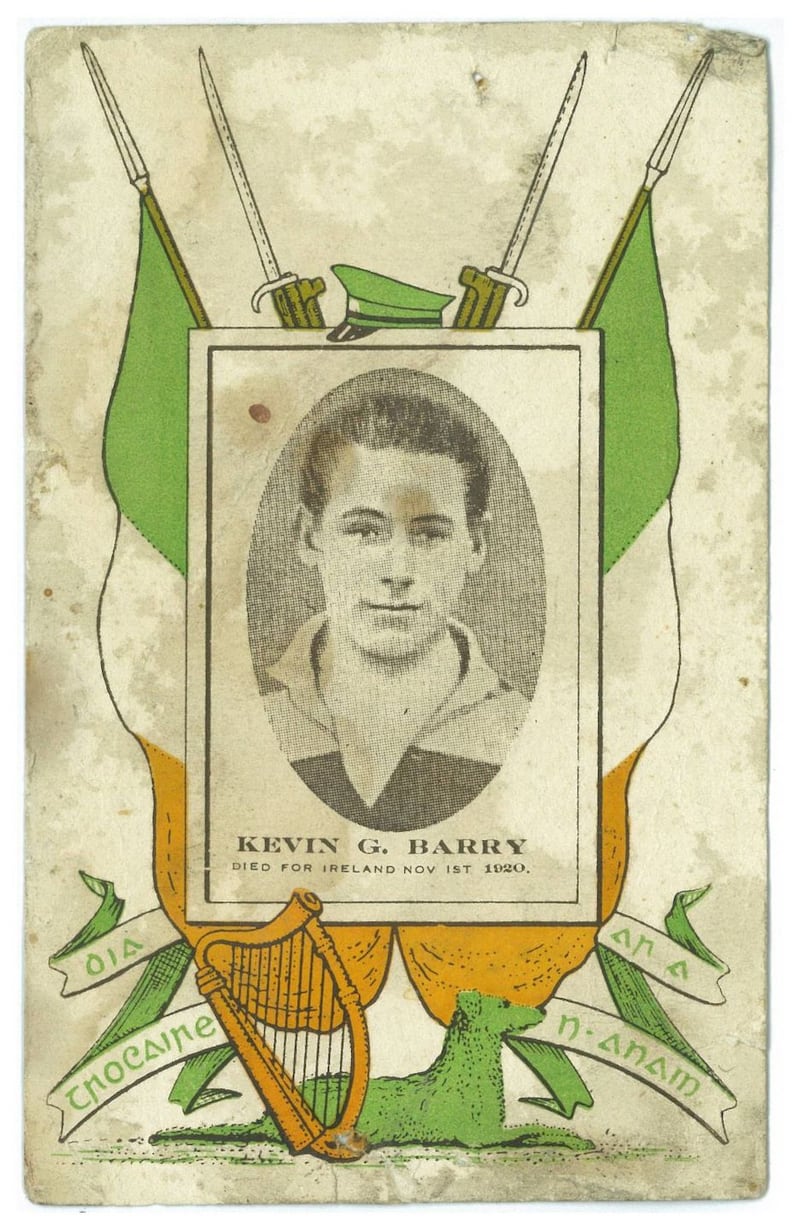

The military struggle of the IRA ensured that Dublin’s streets also became an important theatre of war. To maintain a foothold in Dublin, and to challenge British power on the streets of the capital, was deemed essential by an independence movement that sought to broadcast its credentials internationally to secure recognition of an independent Irish state. From mid-1919 onwards the assassination “squad” established by Michael Collins’ began to target police detectives and senior officials associated with the British regime. The IRA fought the war of the flea in Dublin, with ambush and assassination becoming their stock in trade in a city that was deemed by their British opponents to be perfectly suited to such tactics. Dublin was also, especially from late 1920 on, the scene of some of the most well-known and dramatic events of the War of Independence as a whole, such as the execution of Kevin Barry on October 20th, 1920, the watershed of Bloody Sunday, November 21st, 1920, and the spectacular destruction of James Gandon’s Custom House on May 25th, 1921; the last major IRA action in Dublin before the Truce of July 1921.
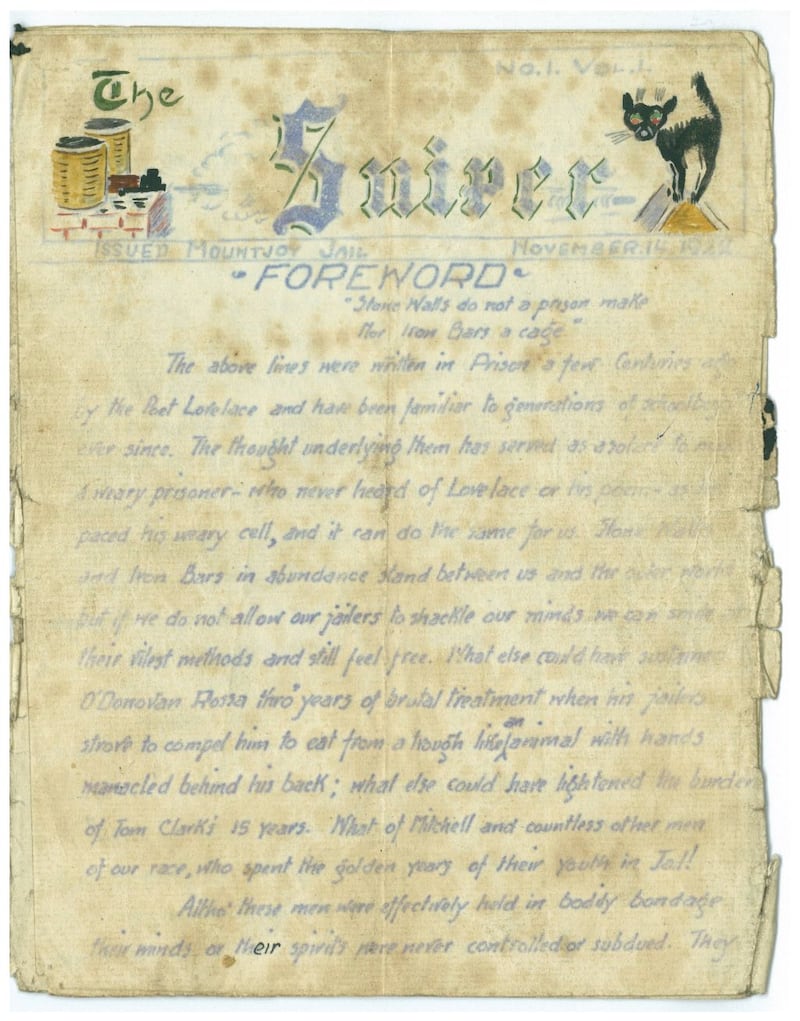
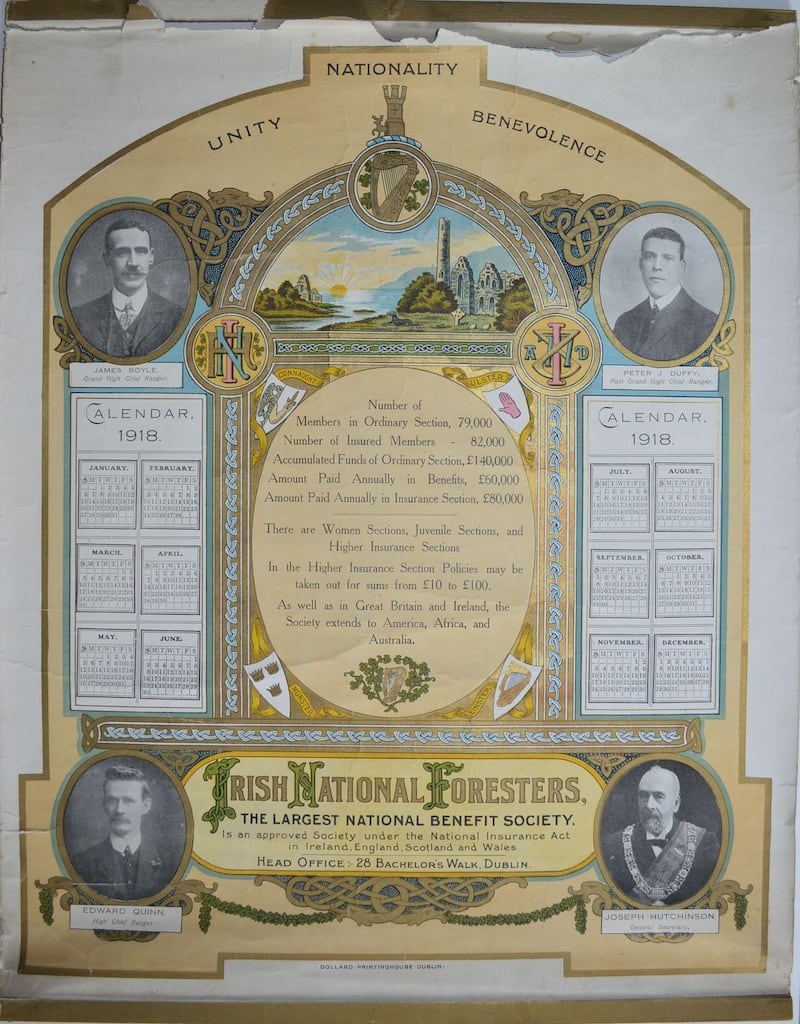

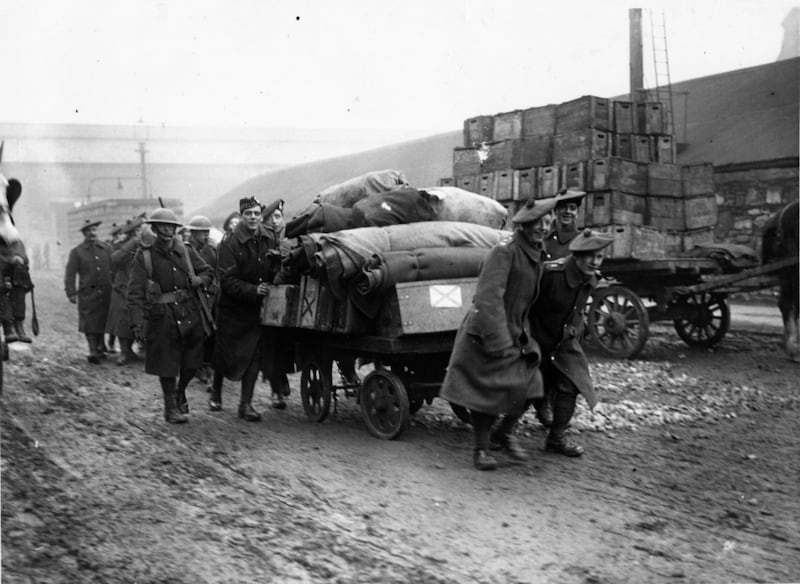
The period of the Truce was surprisingly lawless, as both the Republican and British forces existed uneasily side by side on the streets of the capital. Political developments took centre stage towards the end of the year, as the university buildings on Earlsfort Terrace hosted the bitter debates over the Treaty of December that established the Irish Free State. Early 1922 saw the British withdrawal begin in earnest, as the handover of power took place in Dublin Castle in January 1922, and as the network of barracks scattered around the city were transferred to the new National Army by the departing British forces. Yet these months also saw battle lines being drawn, as those republican forces opposed to the treaty ensconce themselves in premises in and around Sackville St and Parnell Square and, most imposingly of all, in the Four Courts complex itself from April 1922. While venues such as the Mansion House hosted intermittent attempted to broker a compromise, the slide towards civil war was confirmed on June 28th, 1922. The fighting in Dublin ended after a week, but the civil war left enduring scars on the streetscape, in the form of the damage done to the Fours Courts and much of O’Connell Street by Free State artillery which had been borrowed from the outgoing British garrison. The conflict in the capital now took the form of a dirty war, of assassinations, raids and extrajudicial killings up to and beyond the end of the Civil War the following April. By May 1923, Dublin’s decade of revolution was over.
Military conflict and the drama of politics acted as a magnet for commercial photographers who were inevitably drawn to the dramatic. In that sense, the visual record can seem to be skewed, but the fragments of the past that photos and ephemera encapsulate are perhaps best left to speak for themselves.
John Gibney is currently DFAT 100 Project co-ordinator with the Royal Irish Academy's Documents on Irish Foreign Policy project. The images here are taken from his Revolution and Civil War in Dublin, 1918-1923: An illustrated history, available now from The Collins Press.












